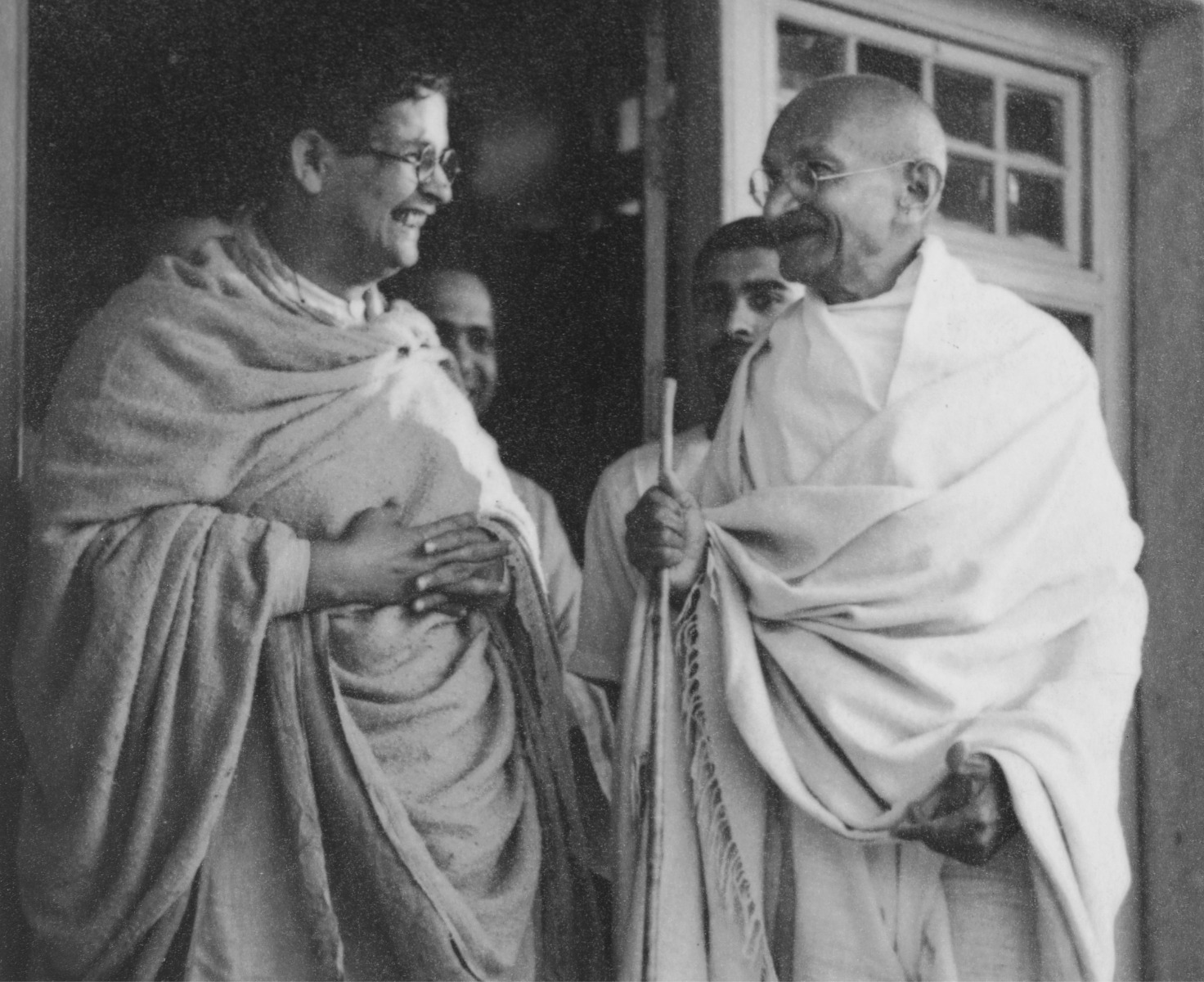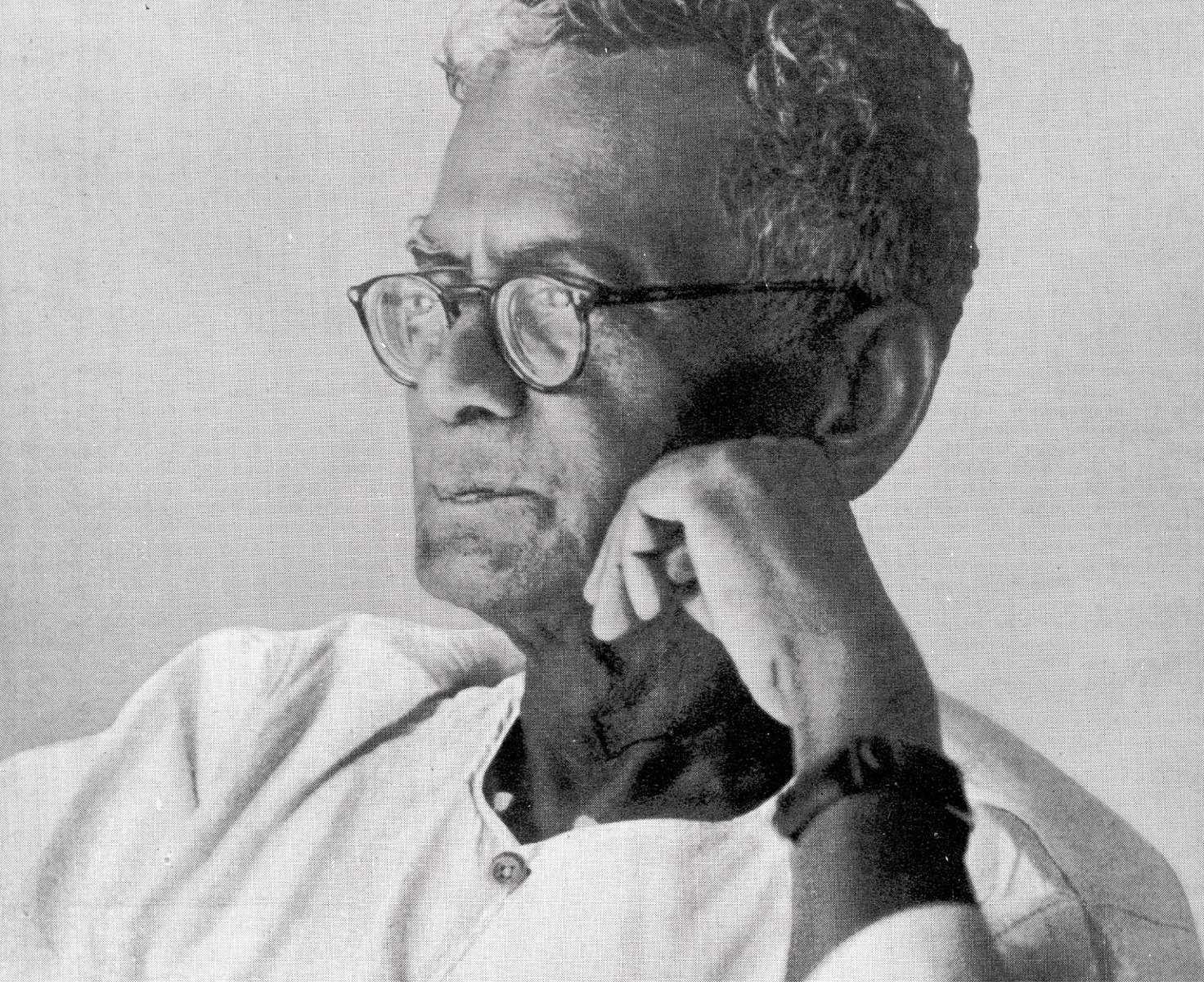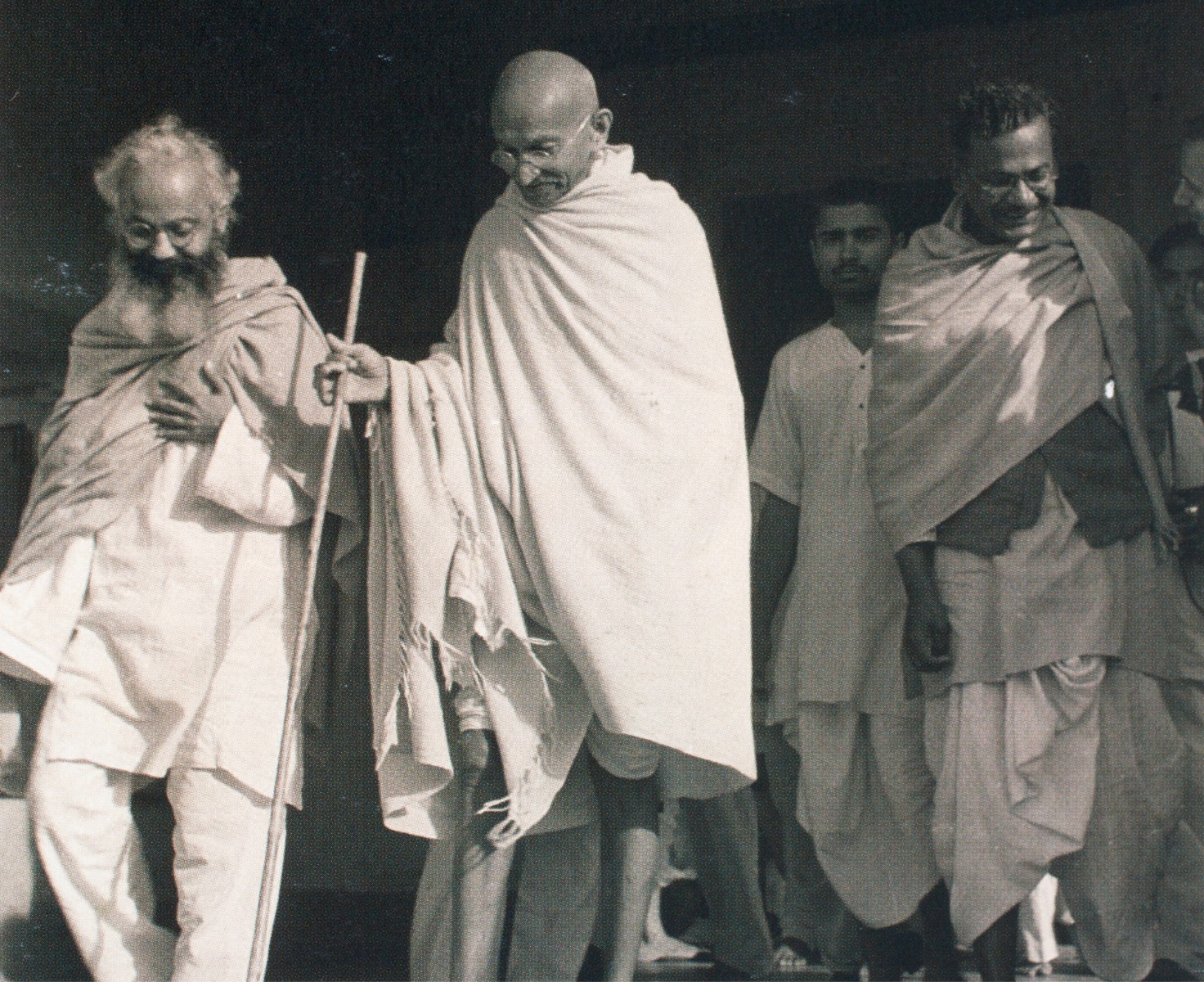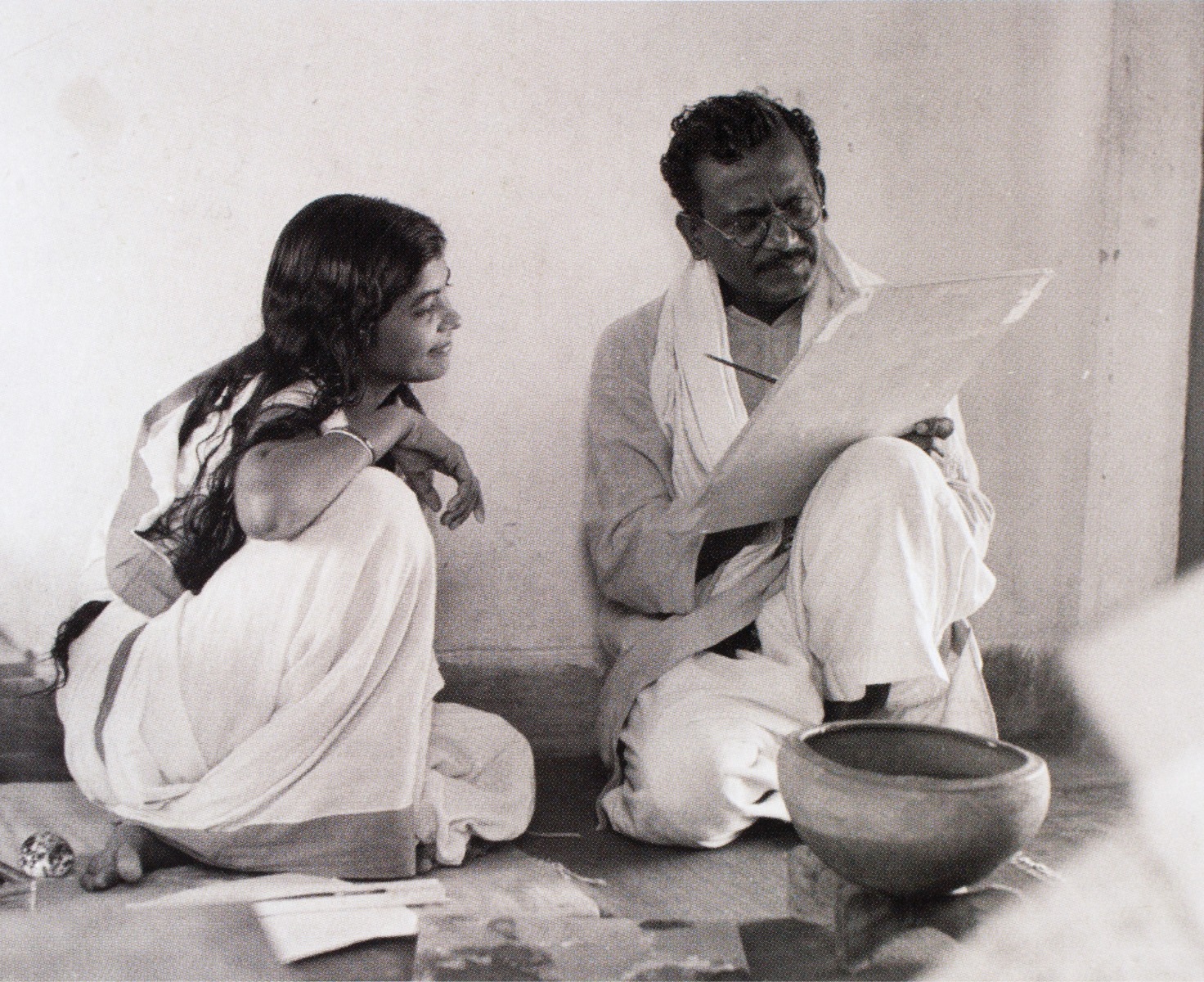Nandalal Bose
ARTWORKS
DAG EXHIBITIONS
|
1882 - 1966 Nandalal Bose |





'One should meet nature, meet life, and study her with patience and love and in minute detail’
NANDALAL BOSE
artworks
dag exhibitions
|
The ‘Manifestations’ series of 20th Century Indian Art, Editions V, VI, VII, IX, X, XI |
|
DAG, New Delhi and Mumbai, 2011-14 |
|
‘Indian Landscapes: The Changing Horizon’ |
|
DAG, New Delhi, 2012 |
|
‘The Printed Picture: Four Centuries of Indian Printmaking’ |
|
DAG, New Delhi, 2012; alternate locations in Kolkata, 2013; Mumbai, 2016; Jaipur, 2017; Chandigarh, 2018 |
|
‘The Art of Bengal’ |
|
DAG, New Delhi, 2012; Mumbai, 2014; New York, 2016 |
|
‘Indian Divine: Gods & Goddesses in 19th and 20th Century Modern Art’ |
|
DAG, New Delhi and Mumbai, 2014 |
|
‘The Art of Santiniketan’ |
|
DAG, New Delhi and Mumbai, 2015 |
|
‘The Fifties Show’ |
|
DAG, New Delhi, 2020 |
|
‘Home is a Place / Interiority in Indian Art’ |
|
DAG, New Delhi, 2021 |
|
‘Ways of Seeing: Women Artists | Women as Muse’ |
|
DAG, New Delhi, 2021 |
|
'Kali: Reverence and Rebellion' |
|
DAG, New Delhi and Mumbai, 2024 |
notable collections
|
National Gallery of Modern Art, New Delhi |
|
Birla Academy of Art and Culture, Kolkata |
|
Victoria Memorial Museum, Kolkata |
|
Academy of Fine Arts, Kolkata |
|
Piramal Art Foundation, Mumbai |
|
Government Museum and Art Gallery, Chandigarh |
|
Kasturbhai Lalbhai Museum, Ahmedabad |












